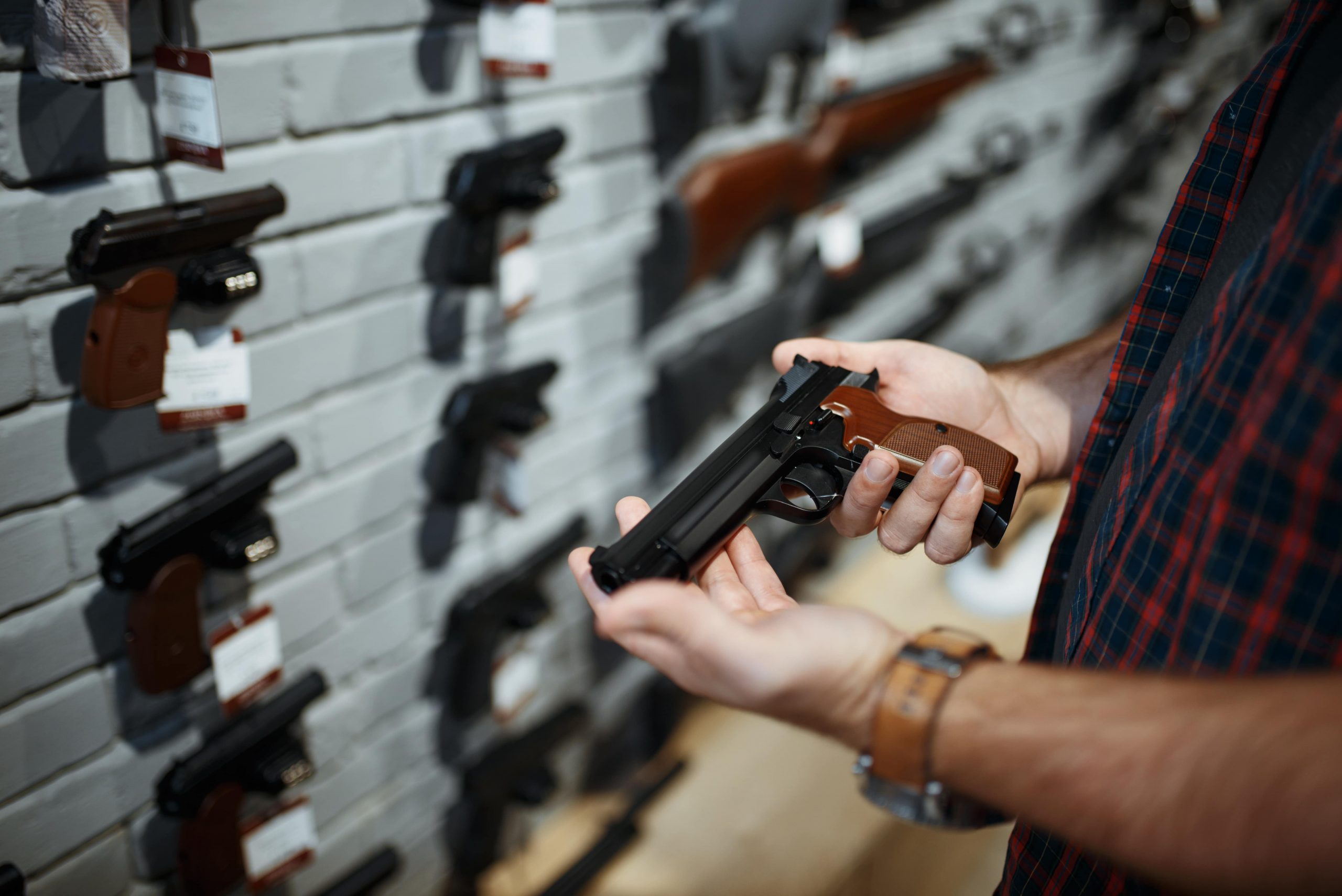Share This Article
Statistics revealing that the total number of registered guns in NSW has increased by 11 per cent over four years to 1,022,740 in December 2020 have renewed calls for a national firearms registry.
The significant rise has sparked concerns that the actual number is even higher as unregistered weapons cross the border.
The figures were revealed from NSW Police data obtained under a freedom of information request by Greens MP David Shoebridge.
“My office tracks the state gun data year on year and every year the numbers grow. We need to change the law to prevent these large private arsenals building up. That of course requires some political guts to take on the gun lobby in the Coalition and the SFF.” commented Shoebridge.
The suburb with the highest number of guns were Camden in Sydney’s south-west with 8,050 guns.
Furthermore, Bligh Park in the west has 7,700 registered guns.
The person with the largest individual arsenal has 419 guns and lived in Cremorne.
Other large personal arsenals include a person in Eastgardens with 305 guns, an owner with an arsenal of 300 guns in Goulburn and a person in Mosman with 297 guns.
“Why does anyone in the Harbourside suburb of Cremorne need 419 guns? That’s gun control laws not working right there.” stated Shoebridge.
62.4% of licenses were issued in the ‘Recreational Hunting/Vermin Control’ category, 19.5% for ‘Sport Target Shooting’, 15% for ‘Primary Production’ and 0.61% for ‘Business or Employment’.
In NSW, gun ownership per capita was at 0.125 firearms per person in December 2020, compared to 0.117 per person in December 2016.
Nationally, Australians own more than 3.5 million registered firearms, an average of one for every four people.
Currently, each jurisdiction across the country has its own system for tracking gun ownership and each system collects different data which cannot be with other jurisdictions.
“The gun could be registered in WA and ends up in NSW and then it’s unregistered here – it is up to the owner to [register it] and if they are not conscious of firearm regulations, they are not going to do that.” commented Tim Quinn, Gun Control Australia executive member.
Advocates have contended that a national firearms registry would help streamline the system.
The proposal is in accordance with recommendations made in 1996 following the Port Arthur massacre which killed 35 people.
The Firearms Act 1996 (NSW) was introduced as part of a national campaign to implement firearms control following Port Arthur.
Sections 7 and 7A prescribe that a person must not possess or use a firearm, prohibited firearm or pistol unless the person is authorised to do so by a licence or permit.
Furthermore, it is an offence to supply, acquire, possess, or use a firearm that is not registered, pursuant to section 36(1).
The maximum penalty for the above offences is 14 years imprisonment if the firearm concerned is a pistol or prohibited firearm, or imprisonment for 5 years in any other case.
Offences under ss 7A, 7(1) and 36(1) are ‘Table 2 indictable’ offences that are to be dealt with summarily (in the Local Court) unless the prosecutor elects otherwise.
Notably, they are most frequently dealt with in the Local Court.
The maximum penalty in the Local Court is 2 years imprisonment.
Prohibited firearms include self-loading or pump-action shotguns, machine guns or sub-machine guns, and firearms capable of discharging liquid, powder, gas, chemicals, flares, or dye.
A firearm is defined as a gun, or other weapon, that is or was capable of propelling a projectile by means of an explosive, and includes a blank fire firearm, or an air gun, but does not include a paintball marker.
Section 4 prescribes that an accused person is in ‘possession’ of a firearm if they;
- Have custody of the firearm, or
- Have it in the custody of another person, or
- Have the firearm in or on any premises, place, vehicle, vessel, or aircraft, whether or not belonging to or occupied by the person.
However, pursuant to section 4A, an accused person may contend:
- the firearm was placed in or on, or brought into or on to, the premises by or on behalf of a person who was lawfully authorised by or under the Act to possess the firearm, or
- the person did not know and could not reasonably be expected to have known that the firearm was in or on the premises, or
- on the evidence before the court, the person was not in possession of the firearm.
By Poppy Morandin.









